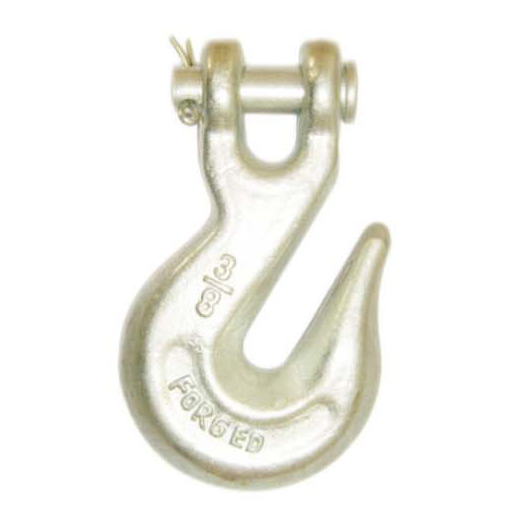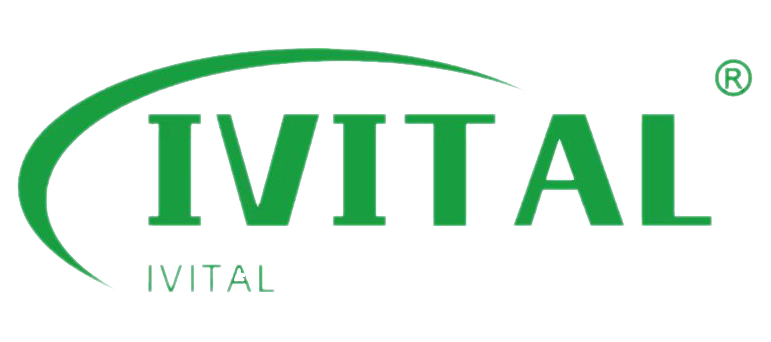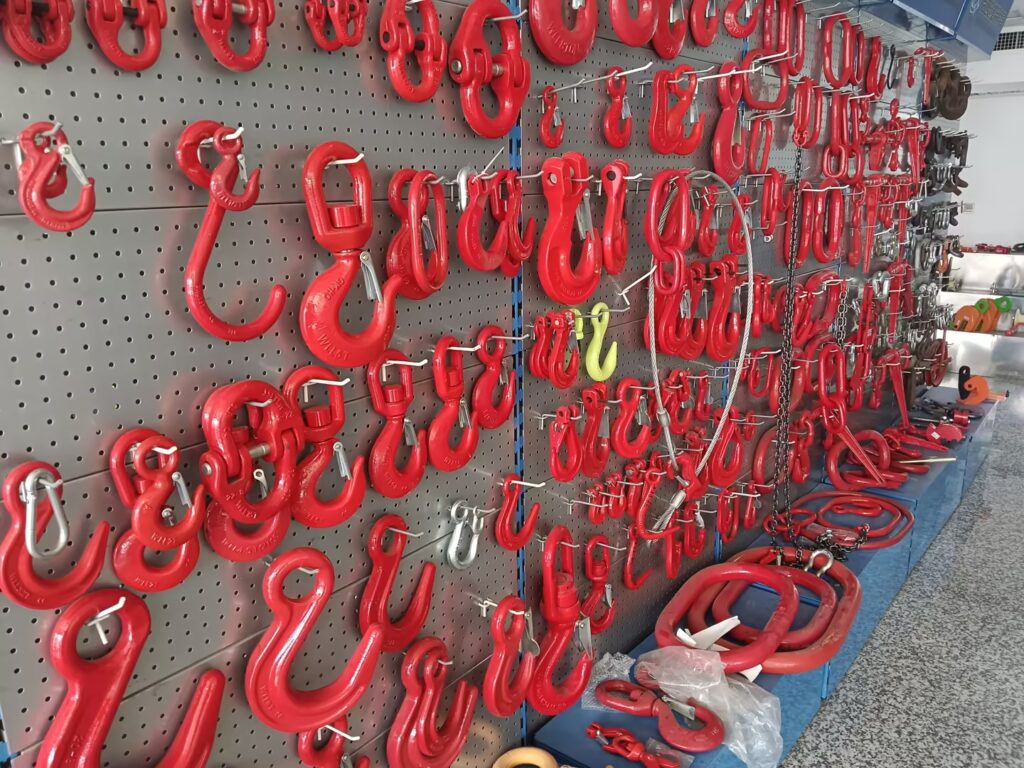
When it comes to lifting and hoisting heavy stuff, choosing the right kind of hook is key for safety and getting the job done. Whether you’re on a construction site, in a factory, or in a warehouse, you’ll probably come across different types of hooks for lifting. Two of the most common types are grab hooks and slip hooks. Both are used with chains or ropes to lift things, but they’re different and have different features. So, what’s the difference?
What’s a Grab Hook?
A grab hook is a hook that grabs. It’s got an open hook design with a cradle or groove that grabs a chain link and doesn’t let it slide. This makes it great for when you need to be really precise with your load because the chain stays put, so you can put your load exactly where you want it.
You’ll see grab hooks used a lot in overhead lifting situations, especially when you need to be really stable and in control, like in construction or heavy-duty rigging. The open design lets the chain or rope fit in there nice and tight, so your load stays put while you’re lifting it.
What’s a Slip Hook?
On the other hand, slip hooks are designed with a focus on safety and security. A slip hook features a safety latch that closes over the hook’s opening, creating a secure enclosure for the chain or rope. This latch helps prevent accidental release of the load during lifting, making slip hooks a safer option when working with heavy materials or in dynamic environments where loads may shift or move unexpectedly.
The latch on a slip hook works with a one-way mechanism—it opens easily when you manually press it, allowing you to attach the chain or rope, but it won’t reopen unless deliberately disengaged. This ensures that the load stays firmly attached even under strain, making slip hooks especially useful for applications where load security is a priority.
What is the main difference between a grab hook and a slip hook?
Grab hooks and slip hooks are different because of how they’re made and what they do. Grab hooks don’t have a safety latch. They’re open, so they’re quick to put on, but they’re designed to grab a specific link in the chain. Slip hooks have a safety latch. They’re closed, so they’re more secure. They help keep the chain or rope in place, even if the load shifts while you’re lifting it.
Grab Hooks:
- Open design: Lets you control the load and attach to a specific link in the chain.
- Common applications: Used when you want the load to stay put and not slide along the chain.
Slip Hooks:
- Safety latch: Keeps the load secure so it doesn’t accidentally come off.
- Closed design: Good for lifting things that move around a lot and you want a little extra security.
Which Hook Should You Use?
The choice between grab hooks and slip hooks depends on what you’re doing.
- Use grab hooks if you want to be sure the chain won’t slip through the hook and you want to be sure the load stays where you put it.
- Use slip hooks if you want to be safe. The safety latch gives you extra protection. Slip hooks are good for lifting when you’re afraid the load will shift or when you have to put the hook on and take it off a lot.
Conclusion
In conclusion, both grab hooks and slip hooks are important for lifting stuff, but they’re different. You need to know the difference so you can pick the right one for the job.
If you want to be more precise and have more control, you want a grab hook. If you want to be safer and more secure, you want a slip hook.
Pick the right hook for the job and you’ll be safer and more efficient.



